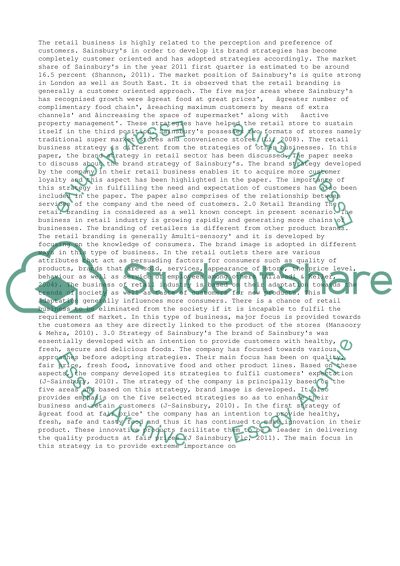Cite this document
(“Using a UK retailer of your own choice, assess their Own Brand Essay”, n.d.)
Retrieved from https://studentshare.org/business/1423673-using-a-uk-retailer-of-your-own-choice-assess-their-own-brand-strategy
Retrieved from https://studentshare.org/business/1423673-using-a-uk-retailer-of-your-own-choice-assess-their-own-brand-strategy
(Using a UK Retailer of Your Own Choice, Assess Their Own Brand Essay)
https://studentshare.org/business/1423673-using-a-uk-retailer-of-your-own-choice-assess-their-own-brand-strategy.
https://studentshare.org/business/1423673-using-a-uk-retailer-of-your-own-choice-assess-their-own-brand-strategy.
“Using a UK Retailer of Your Own Choice, Assess Their Own Brand Essay”, n.d. https://studentshare.org/business/1423673-using-a-uk-retailer-of-your-own-choice-assess-their-own-brand-strategy.


